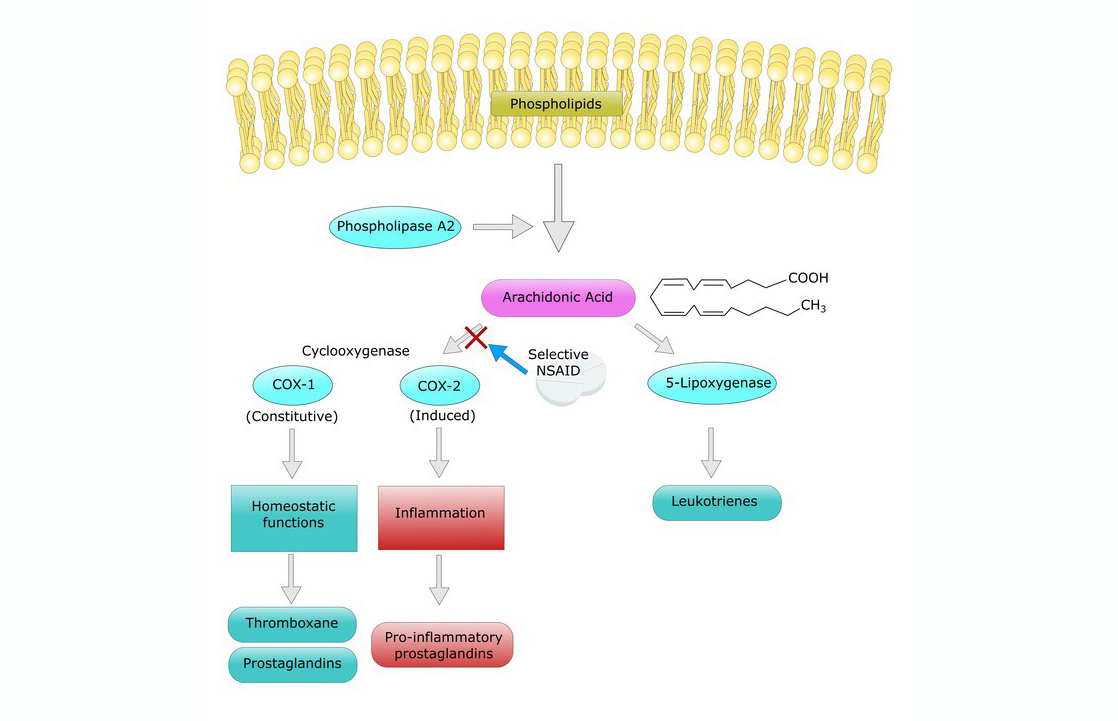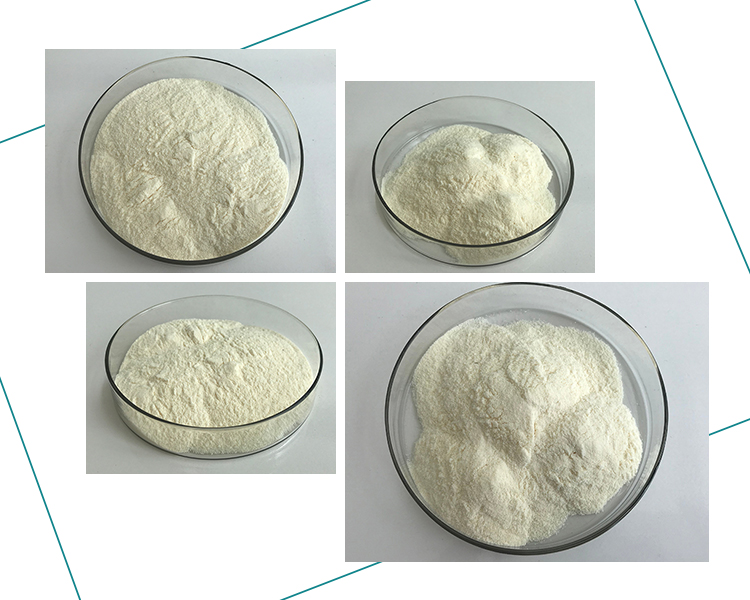Arachidonic acid (AA) is a polyunsaturated fatty acid that plays several roles in dairy products. Here are some key applications and benefits:
- Nutritional Value: Arachidonic acid is essential for human health, particularly for infants and young children. Incorporating it into dairy products can enhance their nutritional profile.
- Functional Properties: In dairy formulations, Arachidonic acid can improve emulsification, stability, and texture. It helps in creating a creamy mouthfeel and can enhance the overall sensory experience of products like yogurt and cheese.
- Health Benefits: Arachidonic acid is a precursor to various bioactive compounds, including eicosanoids, which are involved in inflammation and immune responses. Fortifying dairy products with AA may provide health benefits, such as supporting cardiovascular health and brain development.
- Flavor Development: Arachidonic acid can contribute to the flavor profile of dairy products. Its presence can influence the overall taste, making it more appealing to consumers.
- Shelf Life: The incorporation of Arachidonic acid can also impact the oxidative stability of dairy products, potentially extending their shelf life when balanced with appropriate antioxidants.
- Market Trends: With the growing demand for functional foods, dairy products fortified with Arachidonic acid are becoming more popular, catering to health-conscious consumers.

Overall, the application of arachidonic acid in dairy products can enhance their nutritional, sensory, and functional properties, aligning with consumer trends toward healthier options.
Metabolism and Inflammation of Arachidonic Acid
Arachidonic acid (AA) is a polyunsaturated fatty acid that plays a crucial role in inflammation and metabolism. It is released from membrane phospholipids by the action of phospholipase A2 and serves as a precursor for various bioactive lipids involved in inflammatory processes.
Metabolism of Arachidonic Acid
1.Release: Arachidonic acid is released from phospholipids in cell membranes in response to various stimuli (e.g., growth factors, cytokines).
2.Conversion: It can be metabolized through several pathways:
- Cyclooxygenase (COX) Pathway: Produces prostaglandins and thromboxanes, which mediate various inflammatory responses, pain, and fever.
- Lipoxygenase (LOX) Pathway: Produces leukotrienes and lipoxins, which are important in immune responses and regulation of inflammation.
- Cytochrome P450 Pathway: Produces epoxyeicosatrienoic acids (EETs) and other metabolites that can have pro-inflammatory or anti-inflammatory effects.
Role in Inflammation
- Pro-Inflammatory Mediators: Prostaglandins and leukotrienes produced from arachidonic acid are potent mediators of inflammation, contributing to vasodilation, increased vascular permeability, and recruitment of immune cells.
- Resolution of Inflammation: Some metabolites, like lipoxins, play a role in resolving inflammation and promoting tissue repair.

Clinical Implications
- Chronic Inflammation: Dysregulation of arachidonic acid metabolism can contribute to chronic inflammatory diseases, such as rheumatoid arthritis, asthma, and cardiovascular diseases.
- Therapeutic Targets: NSAIDs (non-steroidal anti-inflammatory drugs) inhibit COX enzymes, reducing the production of pro-inflammatory prostaglandins. Other drugs may target specific pathways to modulate inflammation.
Understanding the metabolism and function of arachidonic acid is crucial for developing strategies to manage inflammatory conditions effectively.
